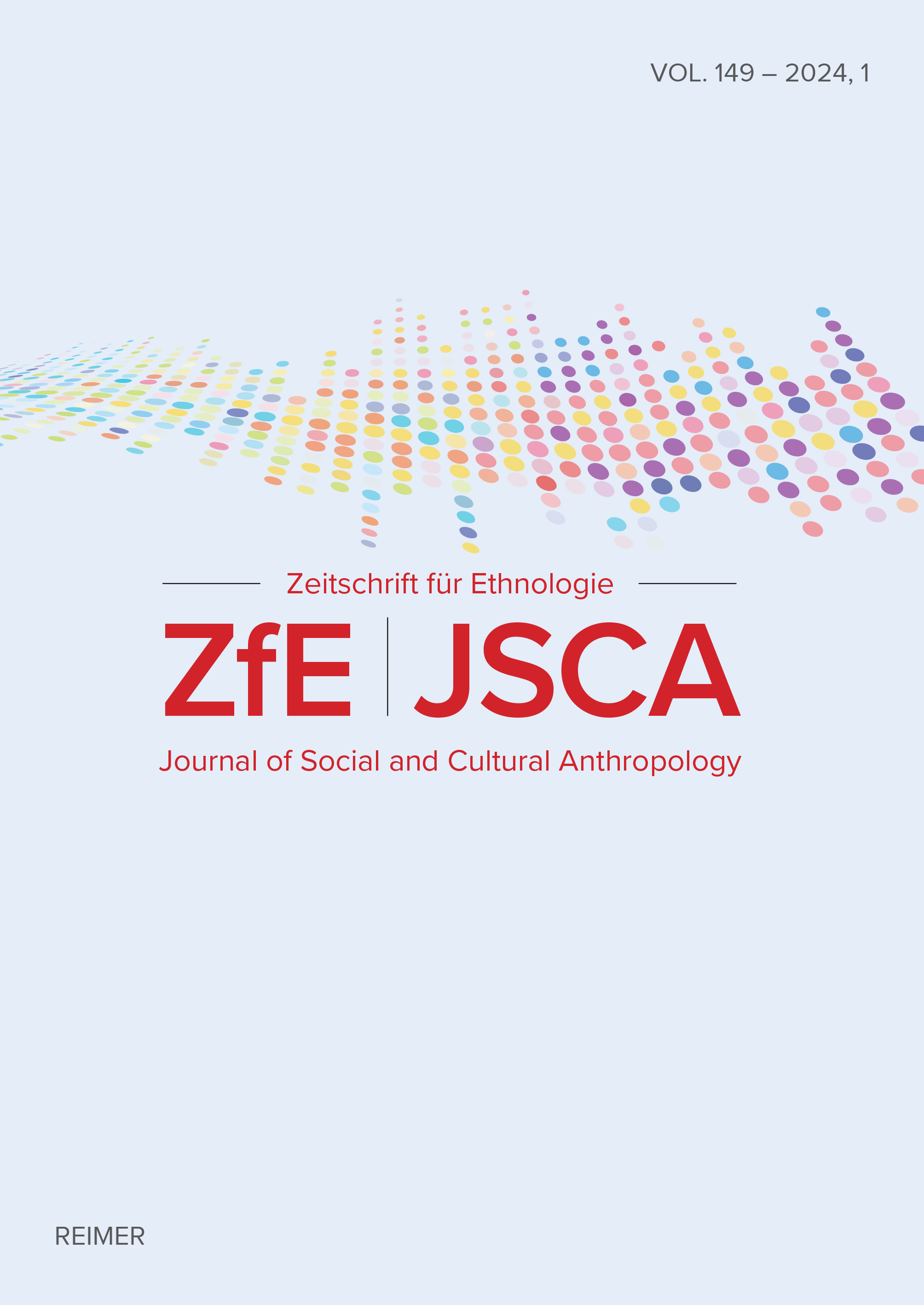Camera Trapping Wolves and Ghosts: Sensing Universality in the Conservation Sciences
Main Article Content
Abstract
This article examines how scientists sense the rewilding of wolves in Italy through camera traps. Specifically, I elaborate on two cases when footage of these elusive animals did not allow scientifically sound conclusions but instead lent itself to storytelling about the fragility of human–wolf entanglements. Turning ‘the haunted data’, they collect in the wild, into ghostly tales on social media or conservation blogs becomes an important way for scientists to engage with wider publics. Taking a processual view of how scientists work with camera traps – from setting them up to capturing imagery and eventually turning their data into stories – the article argues that the uncertain and unreliable imagery of camera traps allows scientists to sense and narrate the fragile interconnectedness between humans and other species. Such scientifically inspired stories are used explicitly to counter widespread opposition to rewilding. On the basis of this case study, the article explores the more general question of how disseminating a narrative of universal interconnection has become a central mission of contemporary conservation science.
Article Details

This work is licensed under a Creative Commons Attribution-NonCommercial-NoDerivatives 4.0 International License.

